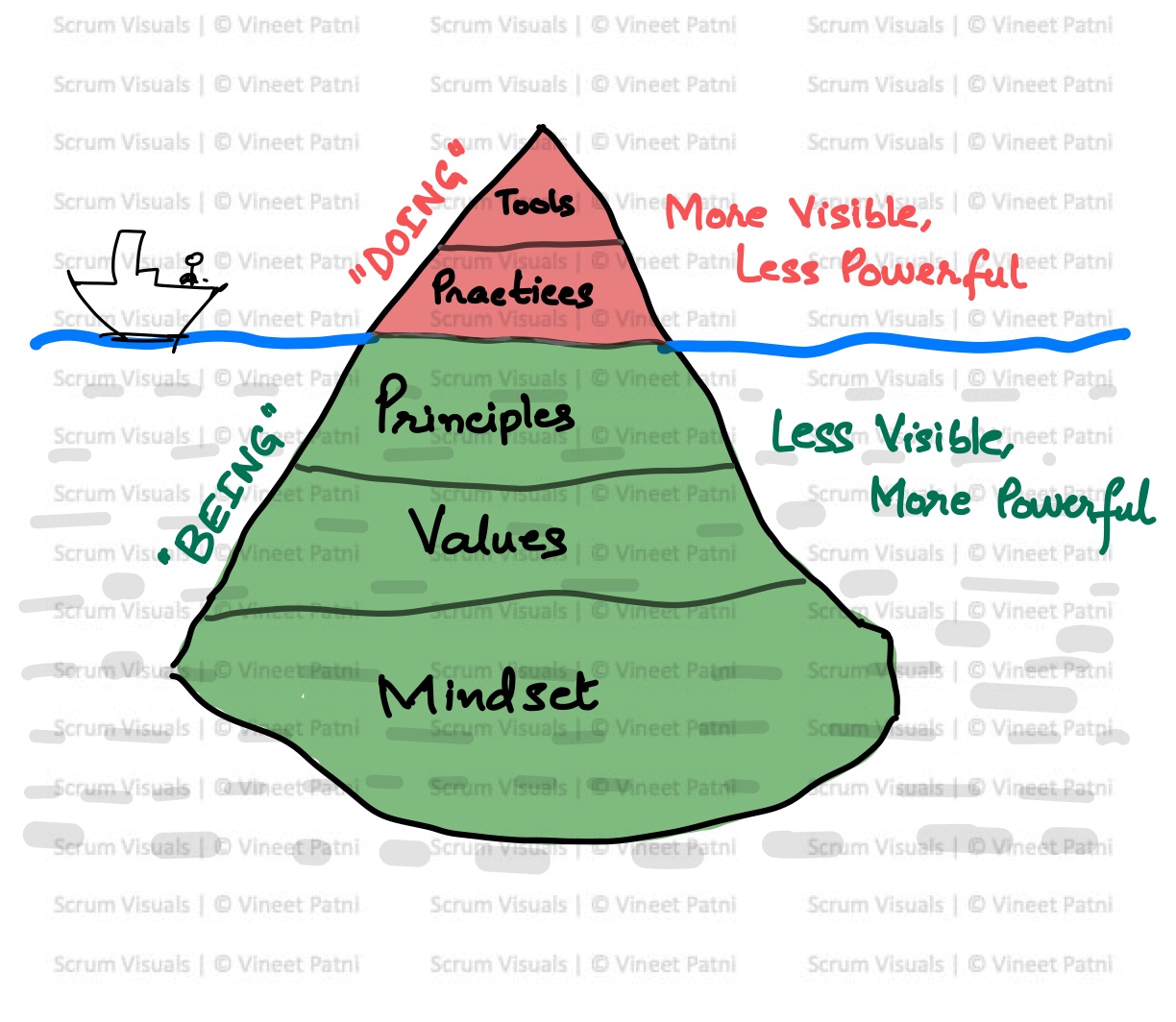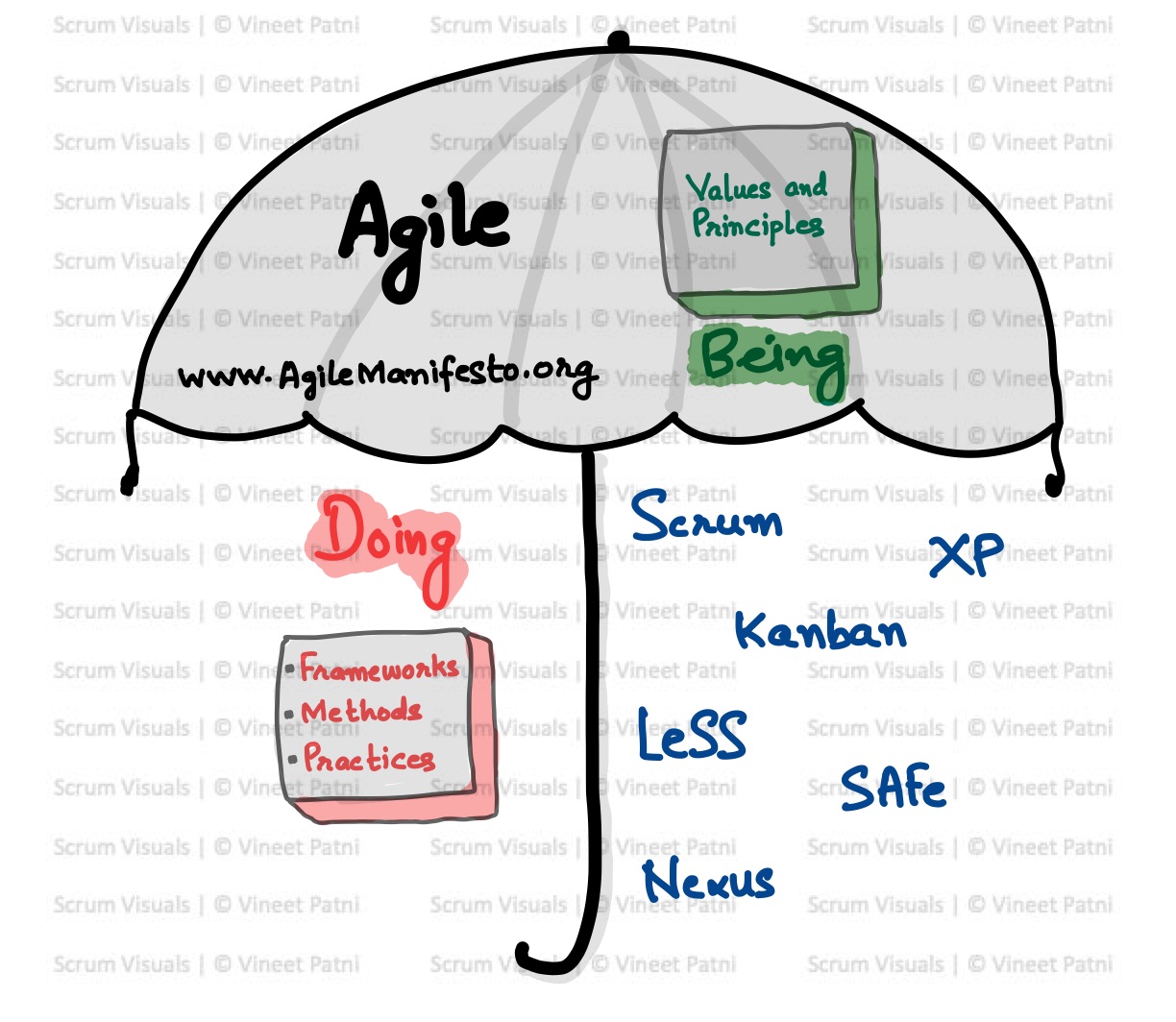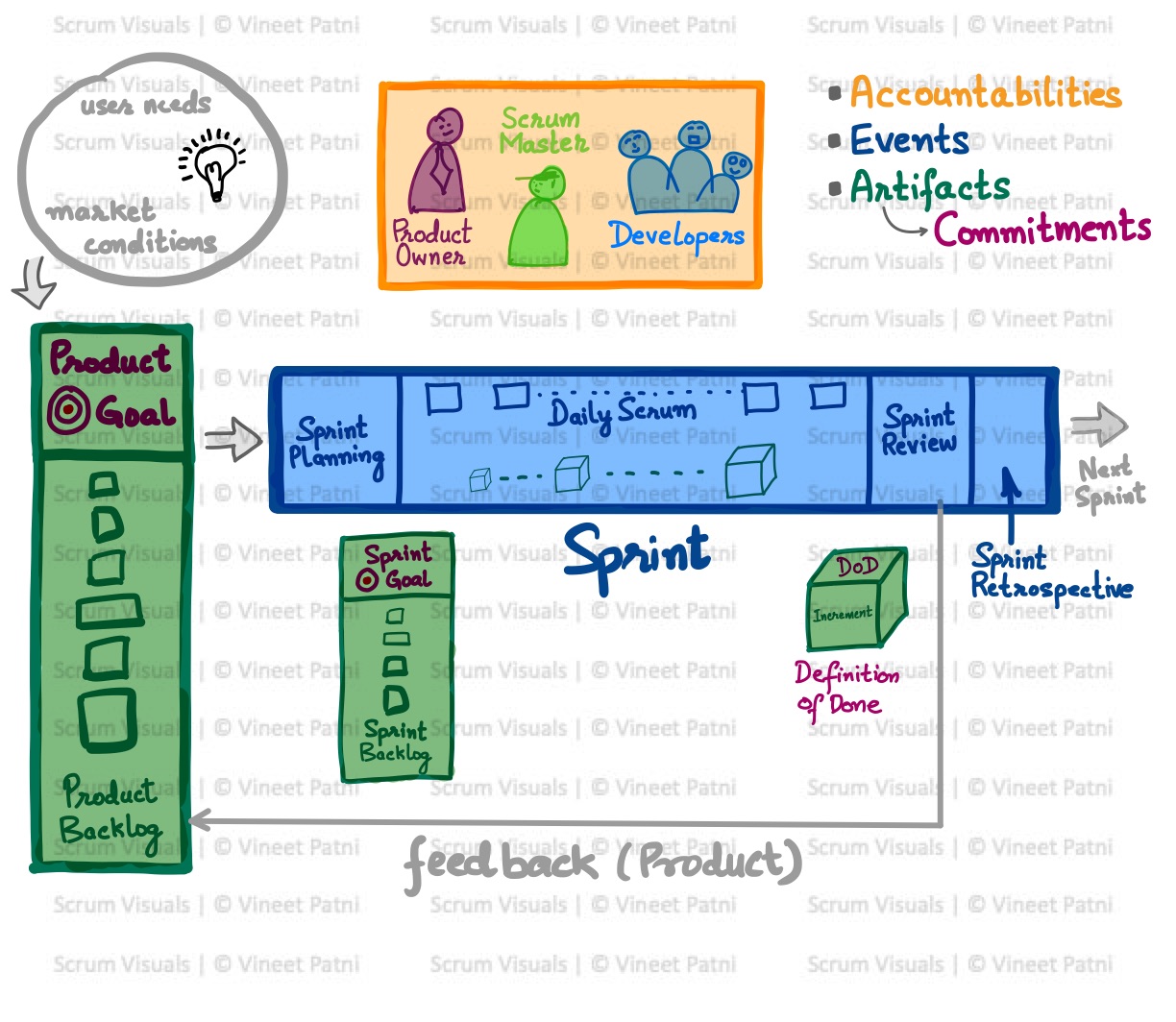Building a Product Backlog in Scrum That Delivers Value
Introduction
In Scrum, the Product Backlog is the single source of work on the product for the entire Scrum Team(s). It is one of the three key artifacts, along with the Sprint Backlog and the Increment. Unlike a simple to-do list, the backlog is a dynamic, evolving collection of items—features, enhancements, fixes, and ideas—that guide the development of the product.
The Product Backlog doesn’t just capture requirements the team is certain about. It also contains probable or emerging requirements, which may not be fully understood yet but hold potential value. This adaptability makes the backlog one of the most powerful tools in Agile product development.
Where Do Product Backlog Items Come From?
Backlog items can originate from multiple sources:
- Customers or users who provide feedback and express needs.
- Business stakeholders who outline strategic goals.
- Product Owners who synthesize vision, priorities, and opportunities.
- Team members who identify technical improvements or fixes.
Initially, these items are broad ideas rather than detailed tasks. For example:
- “Enable real-time tracking for deliveries”
- “Offer two-hour delivery for premium customers”
Over time, these broad items (often called Epics) are refined into smaller, testable backlog items (PBIs) that can be delivered incrementally within one Sprint.
Product Backlog Structure: Large vs. Small Items
The Product Backlog contains items of varying granularity:
- Top of the backlog: Smaller, well-defined items ready for the upcoming sprints.
- Middle section: Medium-sized items requiring refinement.
- Bottom of the backlog: Larger, less-defined items representing future possibilities.
This structure ensures that the Scrum Team can work on immediate priorities while still maintaining a vision for future development.
Prioritization: High vs. Low Value Items
Backlog items are ordered (not just listed) to reflect their importance. This ordering is typically based on:
- Business value: Does the item directly solve customer problems or generate revenue?
- Urgency: Is the item time-sensitive due to market or compliance needs?
- Complexity and risk: Should complex items be broken down and tackled earlier?
For example:
- A feature that improves user security may take priority over a cosmetic UI enhancement.
By continuously reordering, the Product Owner ensures that the team is always focused on delivering the highest value first.
The Ever-Emerging Nature of the Product Backlog
The Product Backlog is never complete. New requirements continuously emerge due to:
- Customer feedback
- Market changes
- Technological opportunities
- Competitor actions
This continuous emergence ensures that the product stays relevant and adaptable to real-world conditions.
The Role of the Product Owner in Backlog Management
The Product Owner is accountable for managing the Product Backlog. Their key responsibilities include:
- Defining and articulating the Product Goal
- Creating, refining, and communicating backlog items
- Ordering items for maximum value delivery
- Ensuring the backlog is visible and transparent to all stakeholders
Without a well-managed backlog, the team risks working on low-value items or misaligned priorities.
Best Practices for Effective Backlog Management
To maximize the value of the Product Backlog:
- Refine regularly: Conduct backlog refinement sessions to break large items into smaller, testable tasks.
- Engage stakeholders: Keep communication open with users and stakeholders to gather feedback.
- Balance short and long-term needs: Ensure immediate sprint items don’t overshadow long-term strategic goals.
Leverage INVEST criteria: Backlog items should be Independent, Negotiable, Valuable, Estimable, Small, and Testable.
Parting Words
The Product Backlog is the heartbeat of Scrum planning. It evolves continuously, balances priorities, and ensures the team always works on delivering the most valuable outcomes. A well-ordered backlog is not just a list—it is a strategic tool that enables agility, collaboration, and incremental product success.
For deeper insights and hands-on learning, join our Product Owner certification programs — Certified Scrum Product Owner (CSPO) or Professional Scrum Product Owner (PSPO) training.











